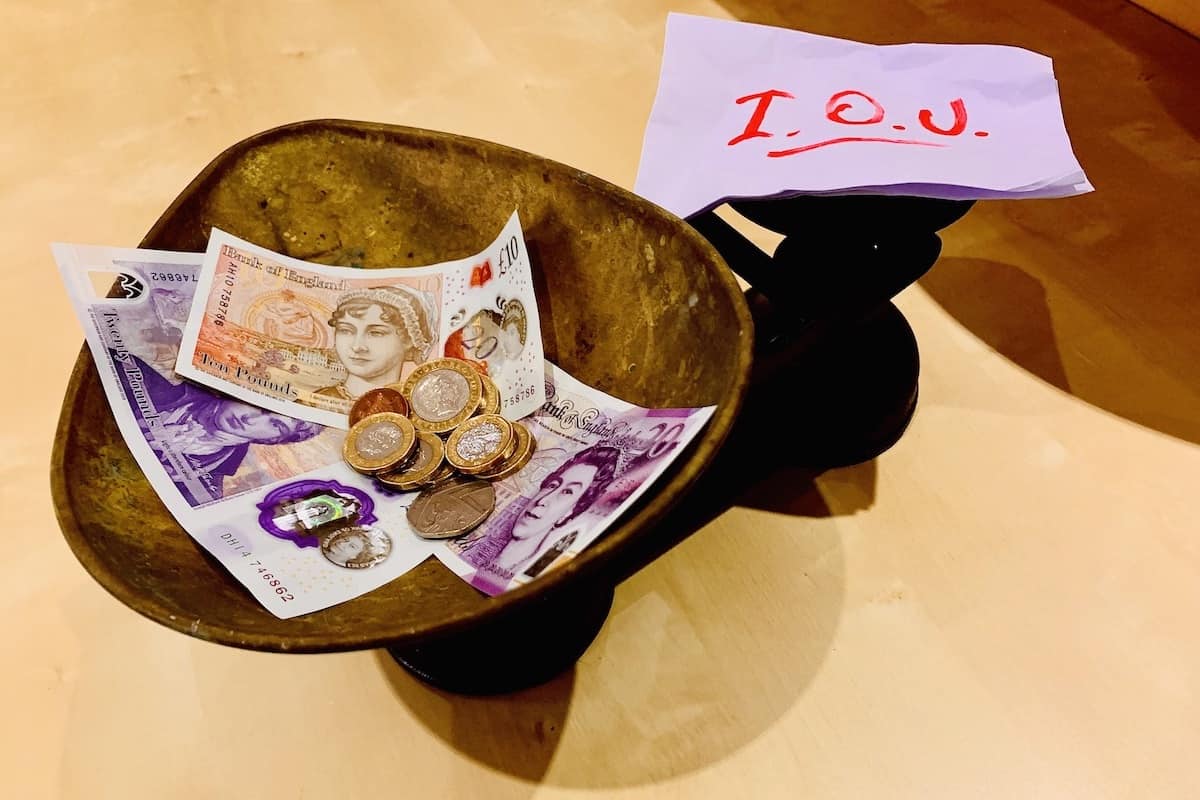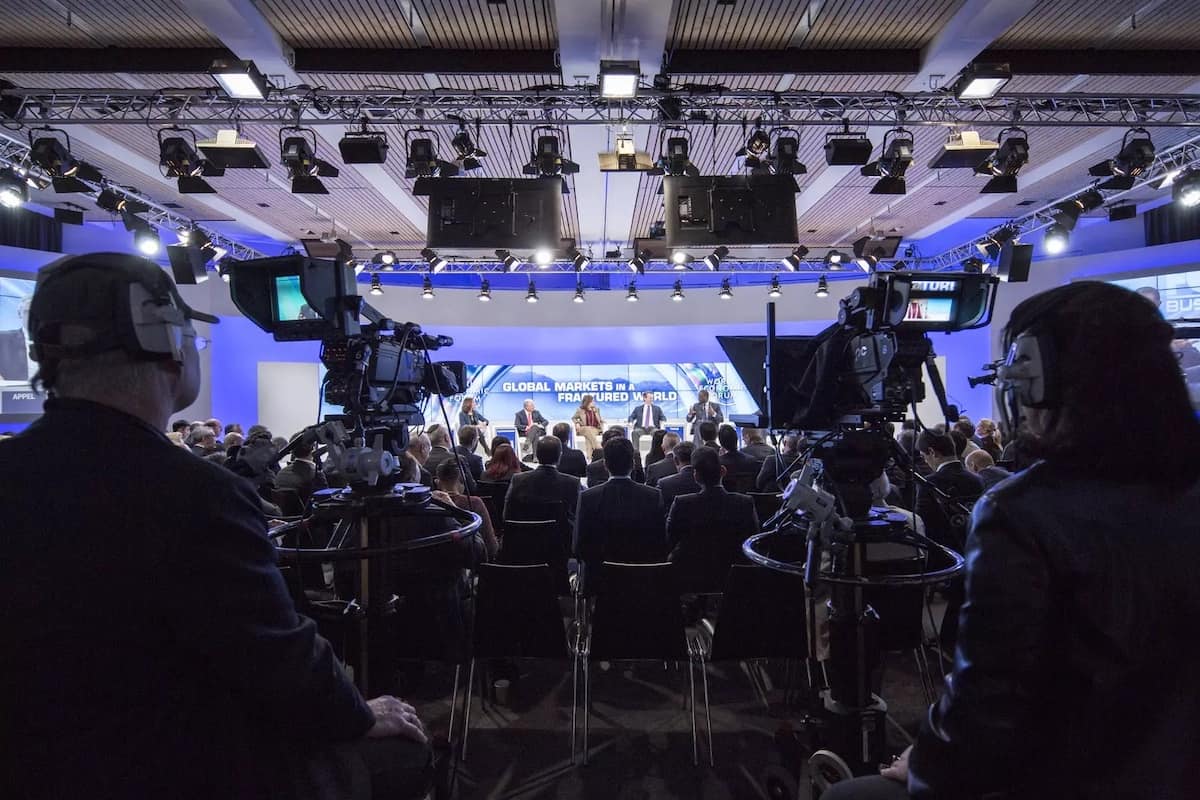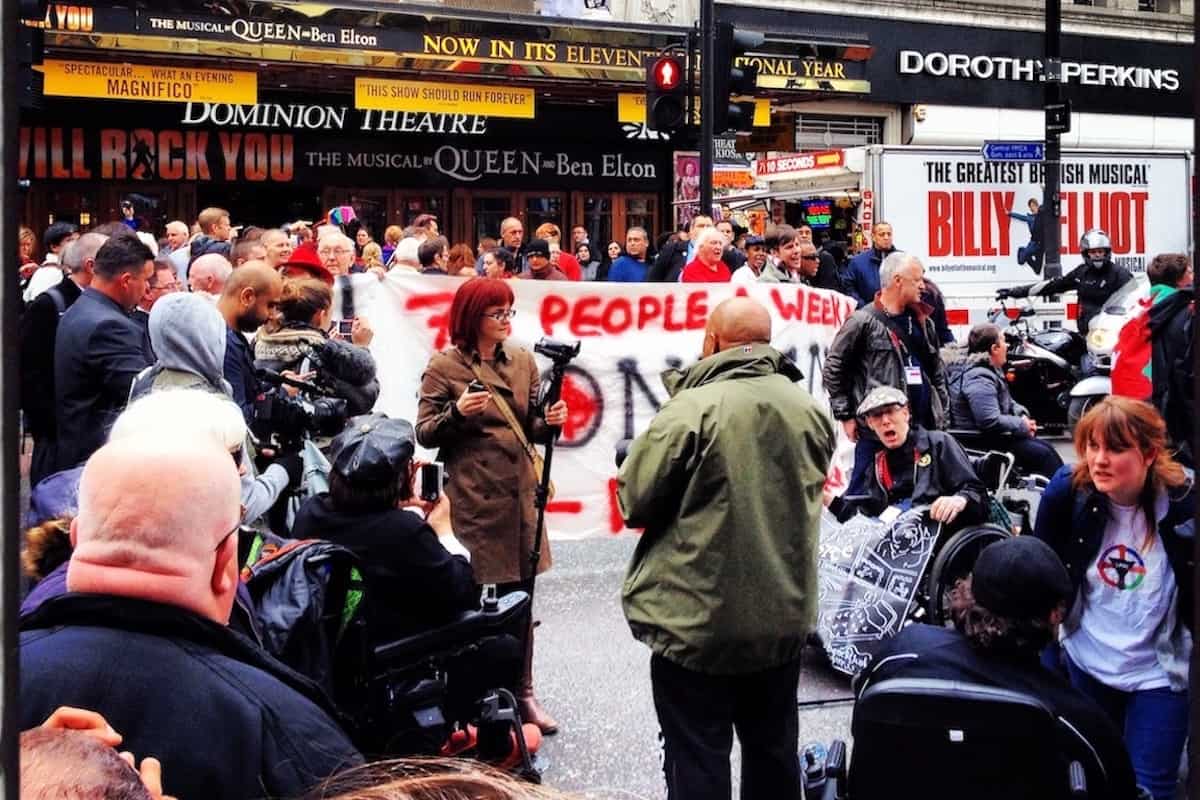Why Innovation will be… ‘Loopy’
At the back end of last year, the new Circular Economy Package from the European Commission came out to a cacophony of mismanaged expectations, eliciting cries of disbelief and sighs of relief, in almost equal measure.It was both lauded and lamented for the sake of a few percentage points either way.
In one sense, of course the details matter; however, in another, they really do not. Even as the landfill and recycling targets were published, the game had already moved on.
The emphasis for the Commission and the market at large is now shifting towards engagement of the design community – in everything from consumer packaging and household products, to building projects and industrial plant.
This is not about Europe, per se; it is about closing loops and tying up the loose ends of linear thinking and doing. We are on a worldwide creative and intellectual quest for resource alchemy, of which the EU steer will prove part-symptom, part-cause. Why? Well, for starters, commodity costs and constraints are already driving the food-energy-water nexus almost to breaking point in some parts of the planet. Secondly, there is money to be lost and made.
The Circular Economy concept holds real bottom-line and pocket-warming promise, whether by way of global savings revenue of $1tr by 2025, or delivering maybe 205,000 jobs in the UK alone by 2030.
Any talk of a resource revolution, though, means seeing waste as more than merely system inefficiency. Smart, sustainable design cannot just be about removal and reduction, but becomes regenerative and restorative. We can only cut so far; we still need to create. This is why, in the future, innovation must get ‘loopy’.
Tomorrow: Why Work will be… ‘Inclusive’
***







